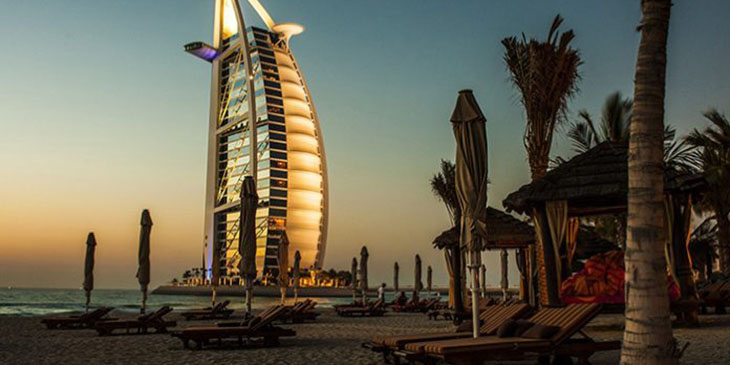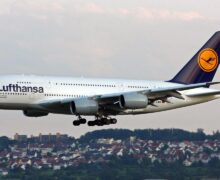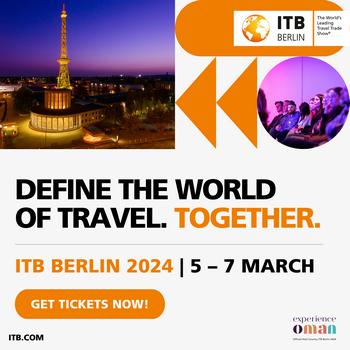A fantastic year for Dubai’s tourism industry

Celebrating a new record, Dubai welcomed a total of 15.92 million international overnight visitors in 2018.
According to statistics released by Dubai Tourism, the Indian market once again crossed the two million mark and maintained its number one position at the end of 2018. In second place, Saudi Arabia was the highest traffic volume generator for the GCC, with 1.6 million visitors, representing a steady three per cent year-on-year growth. Following the KSA was the UK market, which retained its third-place position with 1.2 million British travellers visiting the city in 2018.
Other key markets for Dubai that witnessed double-digit growth included China, Russia and Germany. China jumped to fourth position, with tourism volumes rising 12 per cent in year-on-year growth to bring in 857,000 Chinese tourists in 2018; while Russia experienced a significant 28 per cent growth and landed in sixth position with 678,000 visitors in 2018; and German tourists stood at 567,000, representing a 12 per cent jump on figures in 2017.
Dubai’s seventh top source market was the USA, which brought forth 656,000 visitors in 2018 (+four per cent), while the Philippines entered the top 10 for the very first time with 387,000 tourists to Dubai.
A total of 348,000 French tourists visited Dubai last year, representing a 17 per cent increase on the previous year, while the Italian market brought forth a nine per cent growth. A 36 per cent spike from Nigeria brought the market back into the top 20, with 185,000 Nigerians visiting Dubai in 2018. These strong performances helped balance the decline in visitation from strong-hold markets such as Oman and Pakistan.
On a regional scale, Western Europe emerged as the largest contributor of overnight visitor volumes for 2018, commanding a 21 per cent share, to maintain its pole position from 2017. This was closely followed by the GCC and South Asia, contributing 18 and 17 per cent of all international visitation respectively, and then North Asia and South-East Asia, which contributed 11 per cent.
The close proximity markets across the MENA region also delivered steady growth volumes of 10 per cent, while Russia, the wider CIS and Eastern Europe collectively delivered nine per cent of the total visitation – a two per cent increase from 2017. Finally, the Americas and Africa each contributed six per cent of the volume base, and Australasia rounded off the regional mix with two per cent of market share in 2018, driven by stop-over travellers.
As for Dubai’s hospitality sector, the hotel industry continued to evolve and expand. The sector witnessed an eight per cent growth over a 12-month period versus 2017, with the total number of hotel and hotel apartments keys reaching 115,967 across 716 establishments.
High-end hotels made up 33 per cent of the emirate’s total inventory, with four-star hotels taking a 26 per cent share. Properties in the one- to three-star categories represented a share of 20 per cent, reflecting the benefits of a sustained approach to driving consideration from diverse segments. Hotel apartment establishments constituted a combined 21 per cent of the total inventory, split into deluxe/superior and standard categories. With average occupancy reaching 76 per cent, occupied room nights were up to 30.13 million, while guests’ average length of stay stood at 3.5 nights.
source: TTG mena





